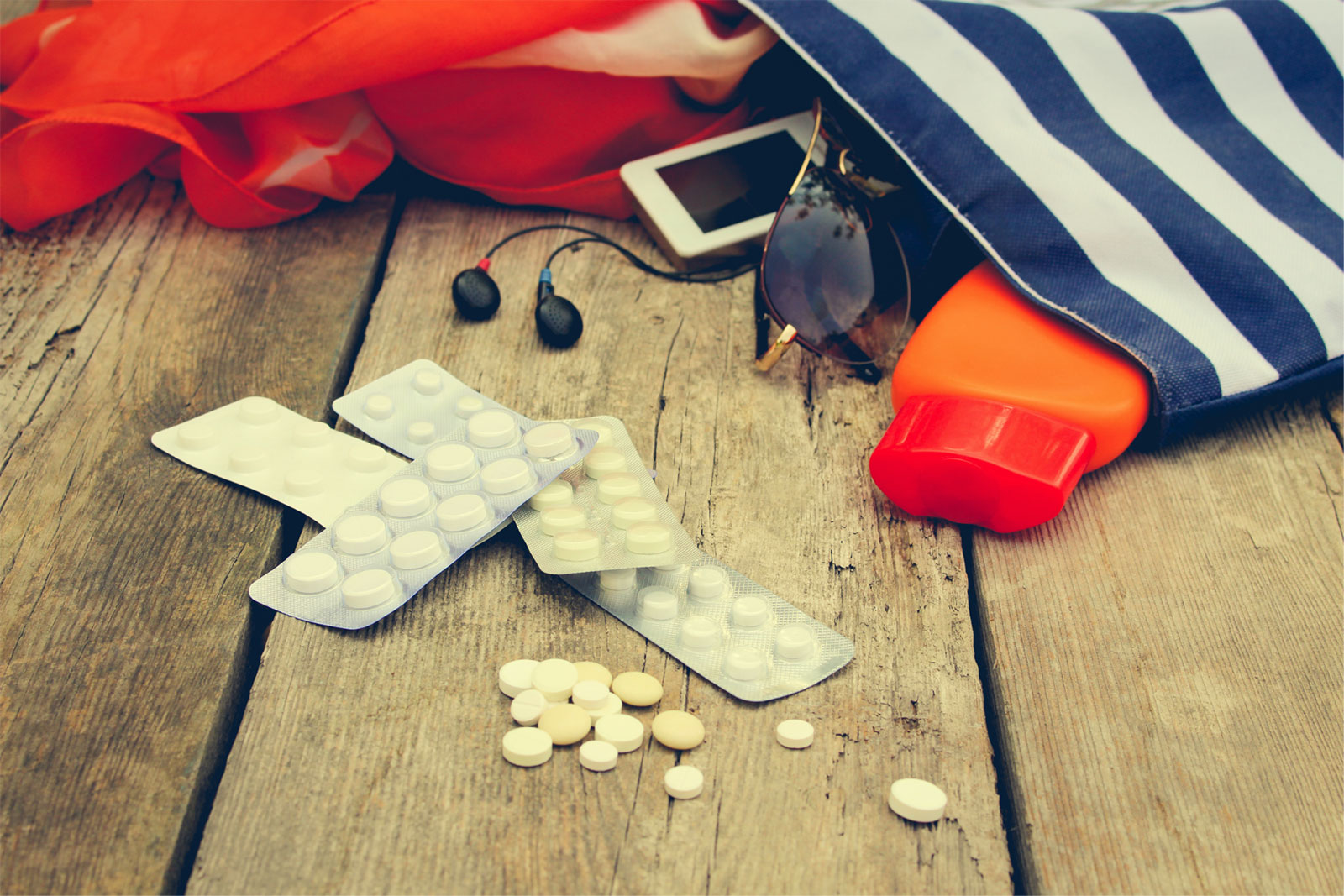You probably already know to avoid alcohol or certain foods when taking your medication. But sunlight too can cause an adverse reaction when you take certain prescription or over-the-counter drugs.
Most people aren’t aware that some medications can make them more sensitive to the sun, and, unfortunately, they only find out when they get sunburnt.
If you are on treatment either for a chronic or acute condition, you need to know if your medication could cause you to become photosensitive (sensitive to light) during and after sun exposure.
Understanding what photosensitivity is and why it occurs can help you lower the risk of lasting skin damage and even reduce the likelihood of you getting skin cancer.
What is Photosensitivity?
Photosensitivity is a chemically induced change in the skin caused by topical or systematic agents that absorb ultraviolet A (UVA) radiation. There are two distinct types of photosensitivity: phototoxicity and photoallergy.
What is the difference between phototoxic and a photoallergic reaction?
A phototoxic reaction is the most common reaction and usually occurs when a medication you are taking (whether you ingest it orally or apply it topically) reacts to ultraviolet (UV) light, causing damage to the skin that can look or feel like a sunburn or a rash. It is usually acute with a fast onset, generally within a few hours of sun exposure, and is typically concentrated to the area of skin that has been exposed. Once you stop taking the drug, and it is eliminated from your body, the reaction and subsequent inflammation disappear. You can then safely spend time in the sun.
A photoallergic reaction is far less common and may not show for several days after sun exposure. A photoallergic reaction occurs when UV rays interact with the structure of the drug, changing its structure, making your body’s immune system think it is a foreign threat or an invader. This initiates an allergic response and causes your body to produce antibodies to attack the area on your skin that has been exposed to sunlight. A photoallergic reaction can create rashes, blisters, red bumps, or lesions and can last up to three days after you’ve taken or applied the medication. The reaction can even spread to areas of skin that you didn’t expose to sunlight.
What causes photosensitivity?
You can become photosensitive from a variety of medications and certain medical conditions.
Medications
Medications that can cause sensitivity to the sun include the following:
- Antibiotics (ciprofloxacin, doxycycline, levofloxacin, ofloxacin, tetracycline, trimethoprim);
- Antihistamines (cetirizine, diphenhydramine, loratadine, promethazine, cyproheptadine);
- Cholesterol-lowering drugs (simvastatin, atorvastatin, lovastatin, pravastatin);
- Diuretics (thiazide diuretics: hydrochlorothiazide, chlorthalidone, chlorothiazide.; other diuretics: furosemide and triamterene);
- Non-steroidal anti-inflammatory drugs (ibuprofen, naproxen, celecoxib, piroxicam, ketoprofen);
- Oral contraceptives and estrogens;
- Antidepressants;
- Several chemotherapy drugs (fluorouracil)
Medical conditions
Some medical conditions and disorders, such as an autoimmune disease like lupus, can make your hypersensitive to UV rays. For the full list of diseases that are related to abnormal photosensitivity responses.
Visit the skin cancer foundation website
What to do if you are reacting to sunlight
Not all patients will have an adverse reaction. Even if you suffer a rash, it doesn’t mean that the medication or your medical condition caused it. Before starting or stopping any new treatments, we recommend that you talk to your healthcare provider or pharmacist.
How to mitigate adverse reactions
There are several things you can do to protect yourself from getting an adverse reaction:
- Minimise your exposure to UV radiation from the sun, especially during peak hours: 10 am to 4 pm and avoid using tanning beds. If you have to go outside, use a UV exposure tracker such as our Sun4Health mobile app, which tracks how much sun you’ve been exposed to in real-time.
- Seek shade as much as possible when outside. Walk on the shady side of the street, sit under an awning or umbrella, or even under a tree.
- Wear broad-brimmed hats and cover-up with clothing to create a barrier against the sun’s UV rays.
- Choose a broad-spectrum sunscreen even when you don’t plan on going outside to protect yourself against UVA and UVB rays.
Even if you aren’t taking any medication or have a medical condition, you should always follow basic sun protection guidelines such as those listed above.




